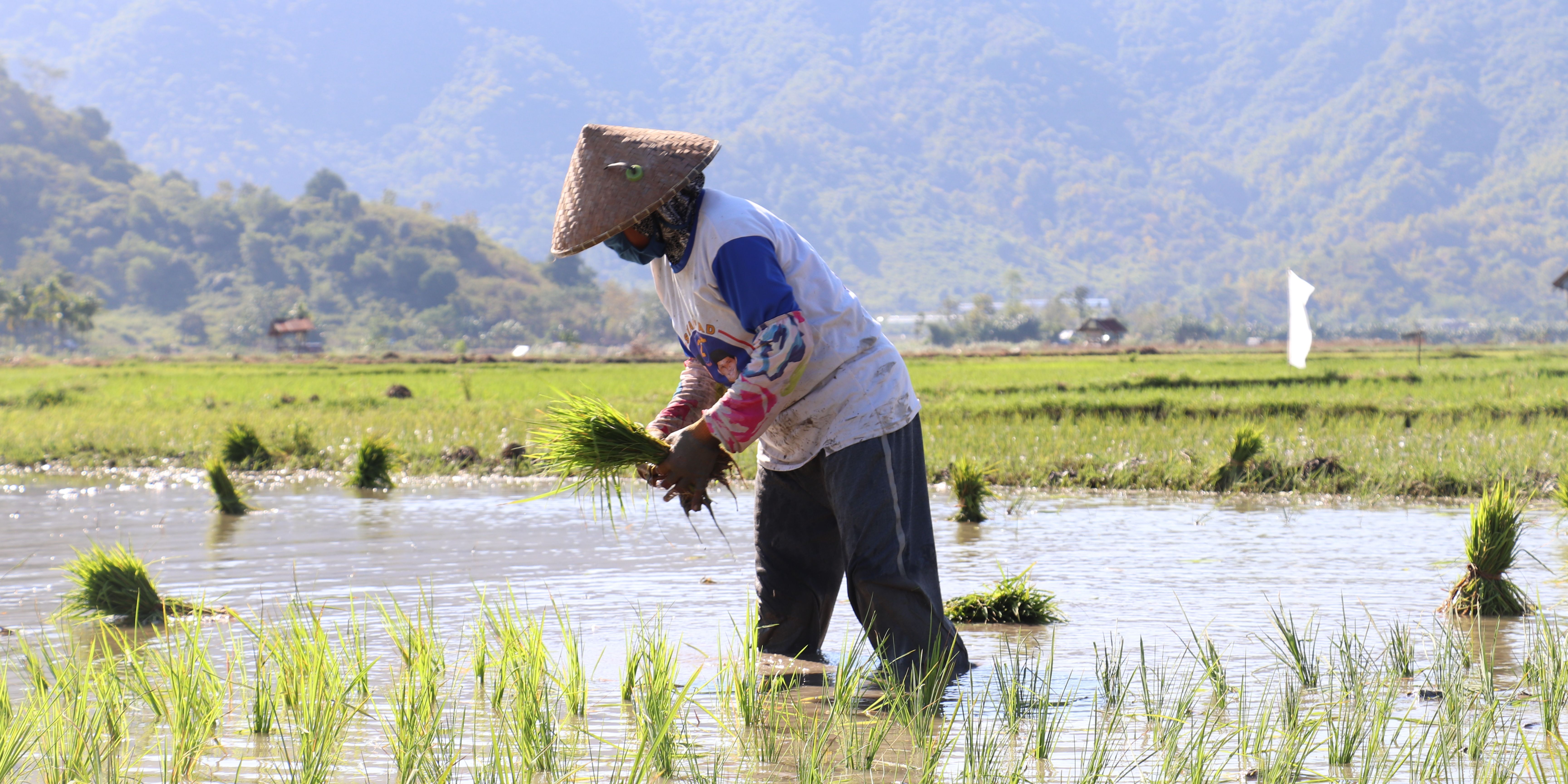Written by Alisa - 3 Minutes reading time
Food security risks: EFSA investigates toxic arsenic in rice amid global health concerns

The European Food Safety Authority (EFSA) has raised concerns over the levels of inorganic arsenic in food, particularly rice, rice-based products and grains, reaffirming the findings of its 2009 assessment.
The EFSA’s latest risk assessment, prompted by the European Commission to incorporate recent studies, highlights an increased health risk from the toxic pollutant.
A tool in the EFSA’s evaluation is the Margin of Exposure (MOE) — a ratio which compares the small adverse effect dose to the level of exposure in a population, indicating that lower MOEs correlate with higher risks. The report reveals low MOEs for inorganic arsenic in adults – between 2 and 0.4 for average consumers and between 0.9 and 0.2 for high consumers, signaling a health concern.
Arsenic, an environmental contaminant present in soil and groundwater and produced as a byproduct of industrial activities and a component in pesticides, is found in various forms.
Inorganic arsenic is primarily ingested through food, a concern for the general European population. Besides food, drinking water can also be a source of arsenic, although typically at lower levels in Europe.
The EFSA is investigating the risks associated with organic arsenic in food as its next step.
Potential health risks
There are health implications of long-term inorganic arsenic intake. EFSA points to a strong link between inorganic arsenic and several forms of cancer, especially skin lesions and cancer.
Consuming rice products with high contamination levels multiple times a day is not advisable, especially when cooking in water containing arsenic. This represents chronic arsenic exposure, also associated with an elevated risk of developing type 2 diabetes and cardiovascular disease.
In the case of infants and children, even minimal exposure to arsenic can be linked to neurodevelopmental issues. Research indicates that arsenic in children’s diets is associated with challenges in cognitive development, intelligence and memory.
Arsenic can pose risks to pregnancy and even increase infant mortality rates. One US study suggests that exposure to inorganic arsenic in utero raises the likelihood of cancer, lung disease, heart attacks, and kidney failure in infants.
Advances in protecting global food security
Rice is consumed as a staple by over 3.5 billion people globally and poses a dual threat due to its tendency to accumulate higher levels of inorganic arsenic compared to other grains such as wheat, barley and maize. This accumulation poses risks to food security.
Given the widespread arsenic contamination in countries such as India, Bangladesh, China, France and the US, scientists worldwide are collaborating to find a solution to address this issue.
A research team has discovered that incorporating rice husk into soil can reduce toxic inorganic arsenic levels in rice grains by 25% to 50% without adversely affecting yield. This research holds implications for developing countries where rice is a dietary staple, providing an affordable and readily available solution to enhance soil quality and reduce arsenic levels.
Gene-editing technology will also likely become a future solution in reducing inorganic arsenic toxicity in rice plants. The European Commission is considering advancing New Genomic Techniques (NGT) by potentially bypassing existing genetically modified organisms regulations, as disclosed in last year’s draft legislation. The document outlines the EU’s interest in easing restrictions on genetically modified crops to enhance food security.
Interested in the dynamic Food Science Industry? Let our experts guide your career. Explore how we can help you today! Discover the possibilities here.
Also published by Foodingredientsfirst.com
Want to stay informed about current Life Science and recruitment news on a regular base? Then register here for free.
